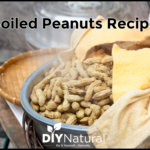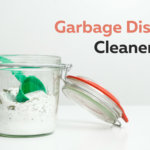Wind and Wellington, New Zealand go hand in hand. Finding an outdoor space with an escape from the constant wind became the primary goal when Spacecraft Architects began designing this home for a young family seeking shelter from the elements. Dubbed Finally a Court House, the centralized courtyard was the starting point for this roughly 80-square-meter home that features two bedrooms, main living areas, two separate conservatories and a studio, in addition to the court garden. Every room in the house faces the central courtyard, offering views through high-efficiency powder-coated aluminum windows with clear double glazing, which provide natural light throughout. In addition, the windows open to provide ventilation and passive solar heating. Related: Energy-efficient Wanaka Wedge House offers views of the Southern Alps The home offers a tight envelope and is highly insulated for energy efficiency. It’s placed on a thermally broken natural concrete slab that reduces heat loss and features thick wall framing for maximum thermal insulation. The exterior of Finally a Court House is clad in fiber-cement sheets, which are budget-friendly and fireproof. Interior walls that face the courtyard are clad with wood sourced locally from the Macrocarpa Cypress tree, which is native to New Zealand. Outdoor areas feature corrugated polycarbonate sheet roofing to protect from the wind while allowing the sun into the garden and, ultimately, the home. The house is oriented to take advantage of winter sunlight to warm the house, while the natural ventilation through skylights, windows and large doors eliminates the need for air conditioning. Further energy savings are achieved through the use of LED lighting and ceramic light shades. Concrete slabs inside the home capture heat from the passive design elements that provide direct sunlight. However, for supplemental heat, there is a small wood-burning fireplace that can also be used as a stovetop. An instant gas system heats water close to the source in the bathroom, kitchen and laundry room. + Spacecraft Architects Via ArchDaily Images via David Straight and Joe Norman
See more here:
Finally a Court House is a house designed around a courtyard
* This article was originally published here



 , which is celery salt, cayenne, and black pepper), or any number of other seasonings. I would try them with just salt first to see how you like them.
, which is celery salt, cayenne, and black pepper), or any number of other seasonings. I would try them with just salt first to see how you like them.

